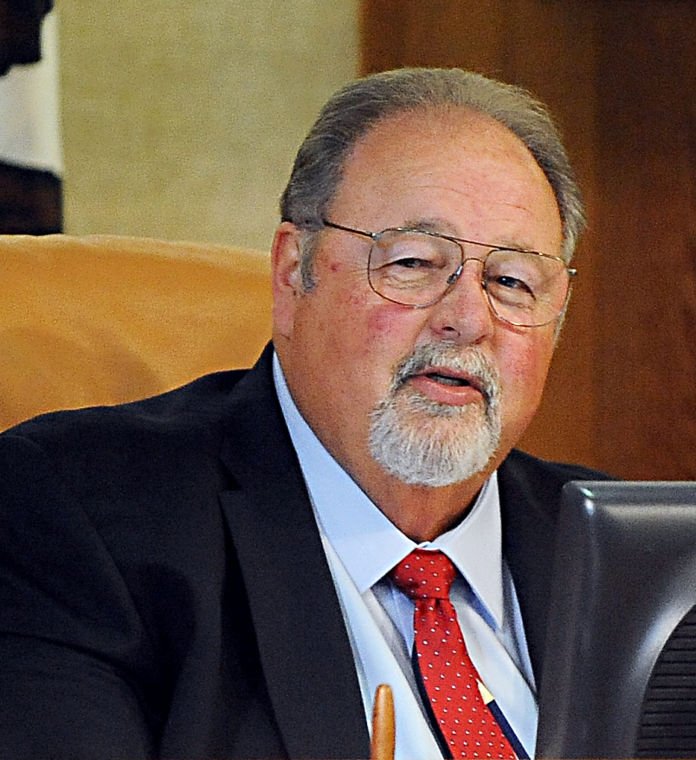A $23 million pot of money at City Hall goes by different names.
It depends who you ask.
Gilroy – A $23 million pot of money at City Hall goes by different names. It depends who you ask.
City council members and staff call it “reserves.” Firefighters and members of other city unions call it “surplus.” City Hall frets the money will vanish in a few years. Public employees think hard times are past and the city needs to ease off the purse strings.
The city’s unspent funds have fluctuated over the years, dwindling in the late ’80s before rising steadily in the following decade during the dot-com years.
That trend has reversed, officials say, as the city increasingly dips into the money to keep pace with rising health care premiums, retirement costs and worker’s compensation.
City Administrator Jay Baksa expects the city will borrow more than $3 million from reserves this year to keep up with rising costs.
In the late ’90s, for instance, the city paid $2.5 million annually for employee’s health benefits; for the upcoming fiscal year, the city expects to pay $7.2 million.
At the same time, the city has had to shoulder an increasing share of payments to the California Public Employee Retirement System.
The state retirement system requires employers to make up the difference when investment returns lag.
In Gilroy, that has meant the city’s contributions jumped from 1.5 percent on behalf of public employees in 2003 to 11.9 percent in the current year.
“I think the council is doing what it can to meet those needs,” Baksa said of the rising costs. “They can’t control the national health care system or the investment returns at CalPERS.”
Instead, the city has taken a harder line in negotiations with public employees and demanded caps on contributions toward health care premiums and retirement benefits.
The fallout of that approach has dominated headlines for months, as City Hall and Fire Local #2805 reached impasse and are now heading for the second round of binding arbitration in five years.
Fire union members and other public employees question the city’s gloomy predictions about the budget and economy.
“There are a lot of what ifs,” said fire union official Jim Buessing. “They assume costs are going to continue to rise at the rate they are rising, but right now a big portion of the city’s costs are decreasing. Retirement (contribution) rates are going to go down. Yes, health care does go up, but the increase was less than the previous year.”
Baksa said, however, that even with a leveling off of increases the city’s reserve fund would vanish by 2012. And that assumes no disasters.
“The unfortunate thing of living in uncertain times is you never know what will hit,” he said. “Who knew Hurricane Katrina or Rita would affect gas prices?”
He said such a move could spell fewer shoppers at the city’s now-humming economic engine – the expanding commercial center off Highway 152. Baksa said the city budget does not contemplate a downturn in tax revenues that could result from rising costs of travel.
“We can’t control energy prices,” he said, “but we’ll have to deal with it.”
General Fund Reserve
balance
2000/01 $22.5 million
2001/02 $25.6 million
2002/03 $25.2 million
2003/04 $23.9 million
2004/05 $23.3 million
2005/06* $18.9 million
2006/07* $13.8 million
2007/08* $10 million
*projections
Benefit costs
Fiscal Medical and %
year Retirement** change
2000/01 $2.8 million 1
2001/02 $2.6 million -8
2002/03 $3.95 million 35
2003/04 $5.2 million 24
2004/05* $6.27 million 17
2005/06* $7.27 million 14
2006/07* $8 million 5
*projections
** City contributions on behalf of all public employees














